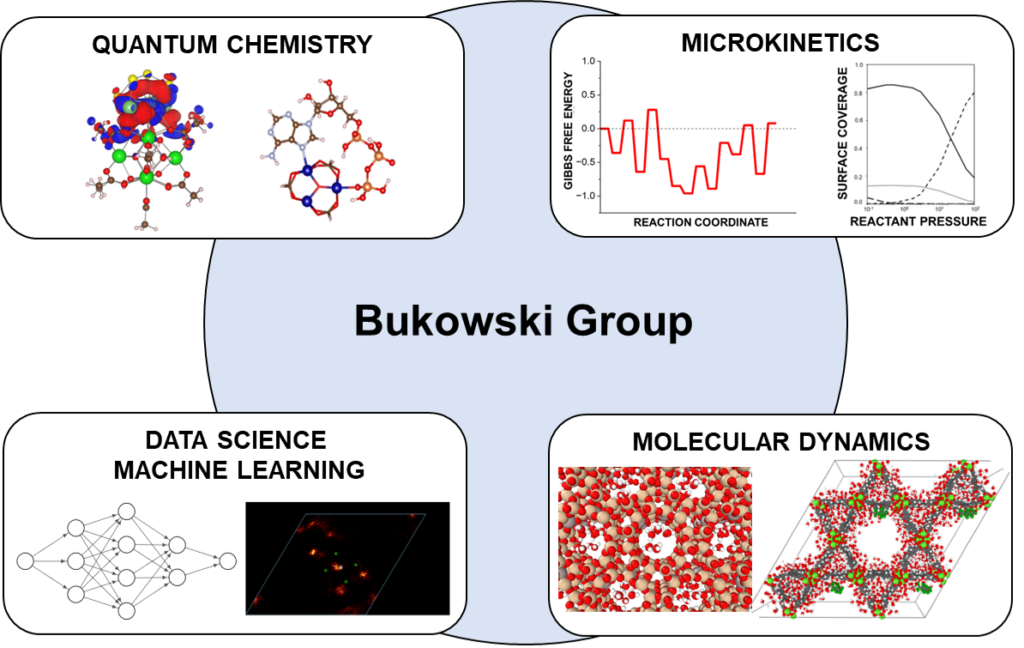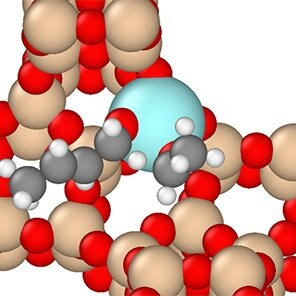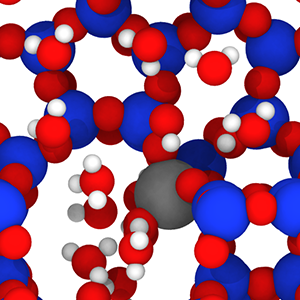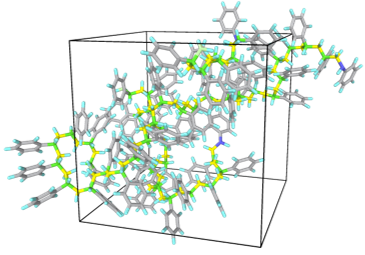Research
Our Approach to Computational Catalysis and Materials Design
We are inspired by the global need for sustainable chemical processes.
We enable sustainable chemical processes by discovering new catalysts and reaction mechanisms.
We discover new catalysts and reaction mechanisms using predictive computational models combining quantum chemistry, molecular dynamics, and machine learning.

Research in the Bukowski Group leverages a synergistic combination of cutting-edge methods in quantum chemistry, molecular dynamics, machine learning, and microkinetic modeling.
This integrated theory-driven simulation approach is focused on understanding chemical processes at the atomic level and applying that knowledge to make predictions for the performance of new hypothetical processes.
We collaborate with a wide range of experimental research groups, national laboratories, and industry to bring our predictions to reality.
Our vision is to enable meaningful predictions under relevant process conditions (temperature, pressure, impurities) based on fundamental chemistry, physics, and kinetics to make a significant impact on sustainable chemical engineering through the discovery of new catalysts.
Predicting reaction mechanisms in nanoporous catalysts
Zeolites with incorporated metal atoms can behave as acids and catalyze a variety of chemical reactions. The acid site identity, size and shape of the pore environment, and framework defects can be modified to affect the stability of adsorbates and transition states. We disentangle the kinetic consequences of these parameters to design catalysts that transform biomass into low-carbon liquid fuels.
Applications: Sustainable aviation fuels, low temperature ammonia synthesis
Representative Publications

Designing solvation environments in nanoporous solids

Catalyst active site identity and pore/size shape directly influence transition states, but they also influence the structure of solvents . We use machine learning interatomic potentials and molecular dynamics to augment quantum chemistry and predict solvation under realistic conditions.
Applications: Sustainable aviation fuels, sustainable polymers, plastic decomposition
Representative Publications
Controlling pore shape and connectivity
the connectivity and shape of nanopores will affect molecular adsorption which has broad applications in catalysis and adsorptive separations. Pore architecture also affects diffusion which is especially important for reactants and products that may inhibit the reaction rate, or favor the formation of unselective side products. We are inspired by biological enzymes and try to create “designer” binding environments to capture harmful pollutants such as PFAS, CO2, or catalyze enantioselective reactions.
Applications: Environmental remediation, chemical sensing, enantioselective chemistry
Representative Publications
